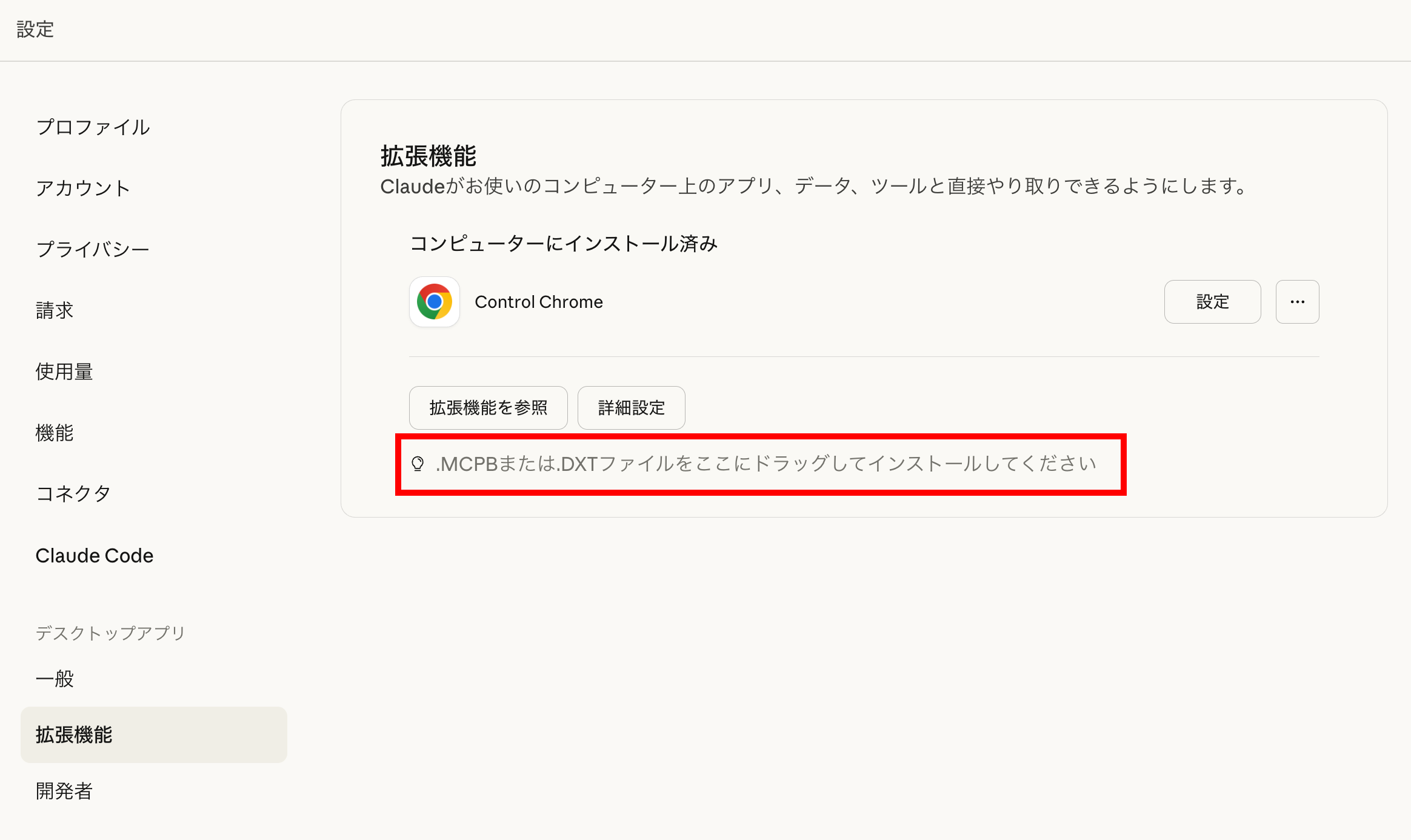About
Provides a Model Context Protocol server that lets Claude Desktop and other MCP‑hosted desktop applications read, update, and create kintone apps, enabling smooth LLM interaction with kintone data.
Capabilities

The Kintone MCP Server is an unofficial bridge that lets AI assistants such as Claude Desktop interact directly with the Kintone platform. By exposing a Model Context Protocol (MCP) endpoint, the server translates standard AI tool calls into Kintone API requests, allowing developers to read, update, create records, and even build new applications within Kintone from conversational prompts. This eliminates the need for manual API calls or custom integrations, enabling a more natural “ask‑and‑do” workflow where the AI can reason about business data and execute actions on behalf of users.
At its core, the server acts as a thin wrapper around Kintone’s RESTful API. It authenticates using credentials supplied in the MCP configuration, then maps each tool invocation—such as , , or —to the corresponding Kintone endpoint. The design focuses on smooth LLM interaction: request payloads are automatically formatted, responses are parsed into plain JSON, and error handling is performed in a way that the AI can present clear feedback to users. For developers, this means they can expose powerful data‑management capabilities without writing any boilerplate code or handling OAuth flows.
Key features include:
- Full CRUD support for Kintone records and applications, enabling the AI to not only read data but also modify it on the fly.
- Dynamic tool discovery; once installed, the MCP server lists all available tools in the host application’s sidebar, making it easy to enable or disable specific actions.
- Secure credential handling through environment variables or the MCP configuration file, keeping passwords out of source code.
- Compatibility with any MCP‑enabled desktop host, such as Claude Desktop, ensuring a consistent experience across different AI platforms.
Real‑world scenarios are plentiful. A sales team could ask the assistant to “fetch all leads older than 30 days” and then automatically update their status to “follow‑up”. A project manager might instruct the AI to “create a new Kintone app for tracking bug reports” and have it set up fields, permissions, and view configurations. Even non‑technical users can benefit: a marketing analyst could simply say “generate a report of last quarter’s campaign performance” and have the assistant pull data, aggregate it, and return a concise summary—all without leaving the chat interface.
Because the server is open source, developers can customize or extend its capabilities—adding new tool wrappers, integrating additional Kintone services, or adjusting authentication flows to match enterprise policies. When combined with an MCP‑supporting AI workflow, the Kintone MCP Server transforms a static database into an interactive knowledge base that the assistant can query, manipulate, and evolve in real time.
Related Servers
Netdata
Real‑time infrastructure monitoring for every metric, every second.
Awesome MCP Servers
Curated list of production-ready Model Context Protocol servers
JumpServer
Browser‑based, open‑source privileged access management
OpenTofu
Infrastructure as Code for secure, efficient cloud management
FastAPI-MCP
Expose FastAPI endpoints as MCP tools with built‑in auth
Pipedream MCP Server
Event‑driven integration platform for developers
Weekly Views
Server Health
Information
Explore More Servers
Amap Weather Server
Real-time weather data via AMap API
KOSPI/KOSDAQ Stock Server
Real‑time Korean market data for developers
Shioaji MCP Server
Stock trading via Model Context Protocol
iOS Simulator MCP Server
Control and inspect iOS simulators via Model Context Protocol
Transcribe MCP
AI-powered audio transcription for assistants and teams
MCP Server Exploration
Experimental MCP server for prototyping and testing new specs